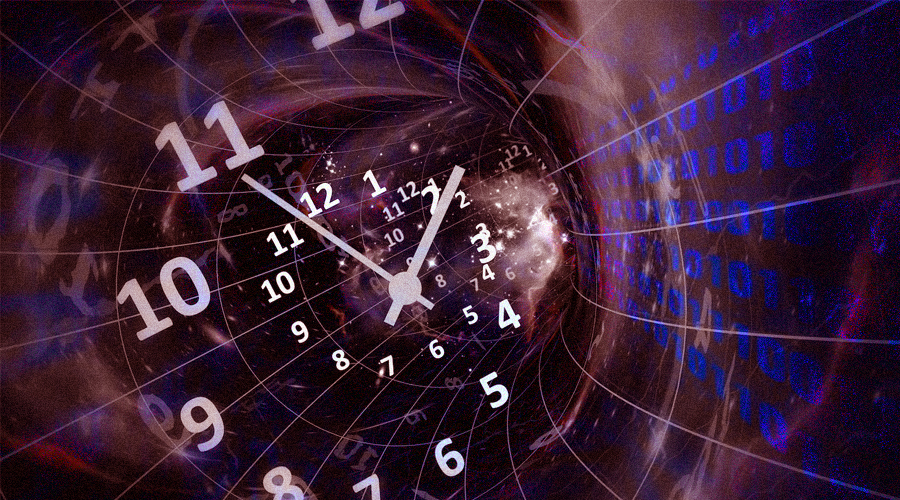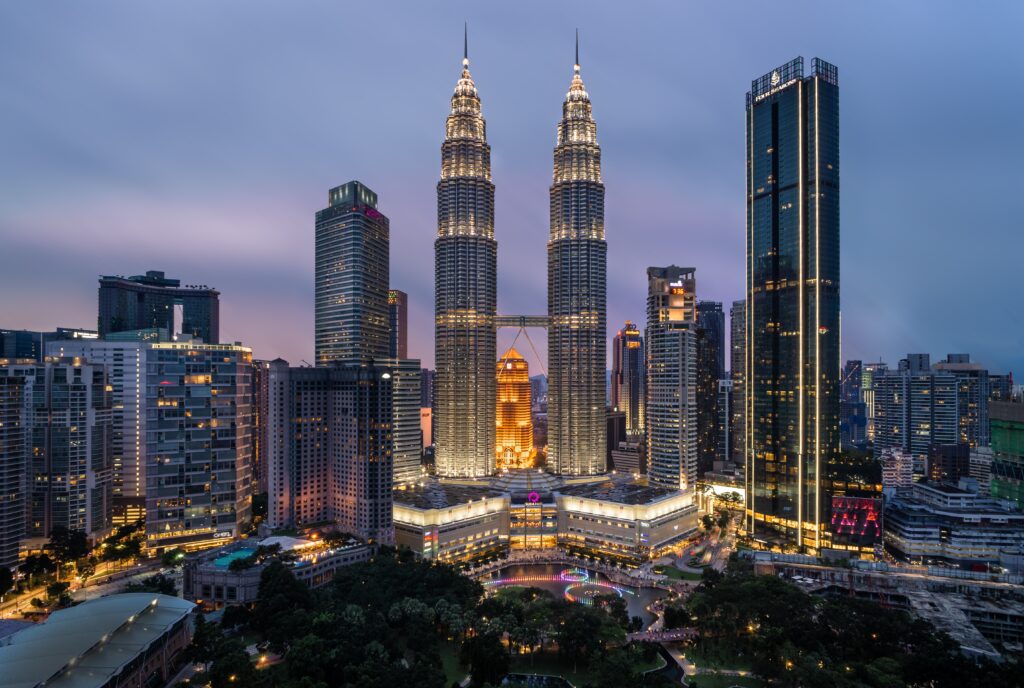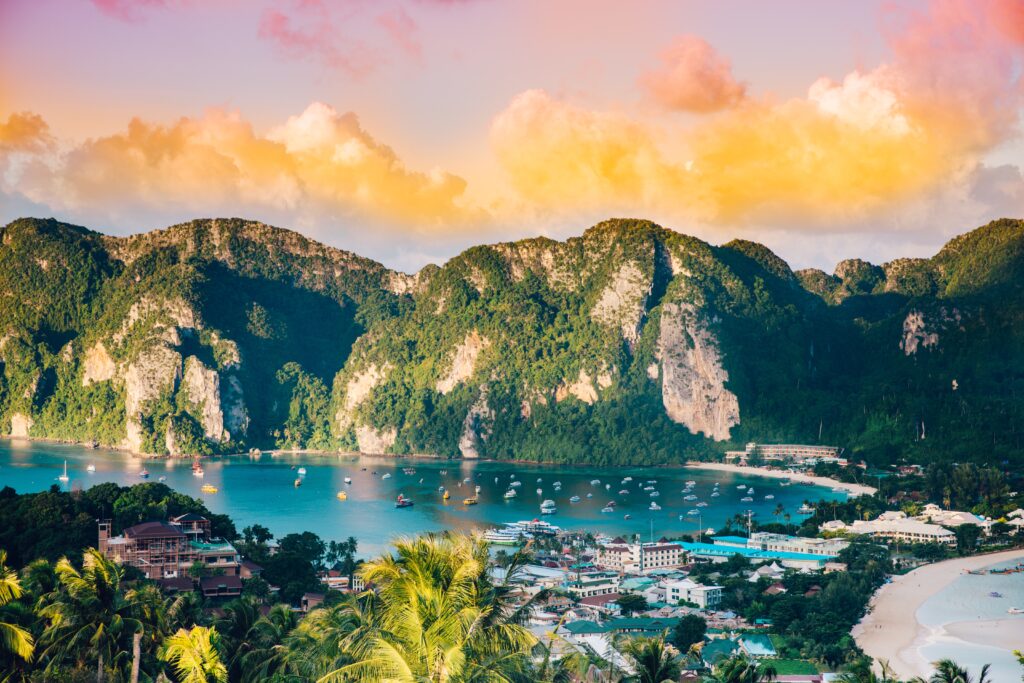Time travel has always been a fascinating concept, captivating the minds of people for centuries. While it is often considered a product of science fiction, there are intriguing references to time travel in ancient Indian mythologies and texts. These ancient scriptures, filled with rich narratives and mythical tales, hold clues that suggest the possibility of time travel in the Indian context. In this article, we will explore the top ten proofs of time travel found in Indian mythologies and Indian texts, shedding light on the enigmatic nature of time itself.
Proof 1: The Concept of “Kalachakra”
In Indian mythologies, the concept of “Kalachakra” refers to the Wheel of Time. It is believed to be a cosmic cycle of creation, destruction, and rebirth. According to ancient texts like the Mahabharata and the Puranas, this cyclical nature of time suggests the existence of time travel, where individuals can traverse between different eras within the Kalachakra.
Proof 2: The Tale of King Kakudmi
In the Bhagavata Purana, there is a fascinating story of King Kakudmi who traveled to the realm of Lord Brahma seeking a suitable groom for his daughter. However, upon returning to Earth, he discovered that many years had passed, and the world he knew was completely different. This account suggests the possibility of time dilation or time displacement, indicating a form of time travel.
Proof 3: The Time-Traveling Chariot of King Harishchandra
According to the ancient text “Vishnu Purana,” King Harishchandra possessed a celestial chariot that could transport him to different time periods. This chariot enabled him to witness historical events and interact with various personalities from different eras. The mention of such a time-traveling vehicle hints at the existence of time manipulation in Indian mythologies.
Proof 4: The Flying Pushpaka Vimana
The epic Ramayana describes the Pushpaka Vimana, a flying vehicle that belonged to the demon king Ravana. This celestial aircraft was said to possess extraordinary capabilities, including the ability to travel through time. The description of the Pushpaka Vimana raises intriguing questions about the possibility of time travel in ancient India.
Proof 5: The Time-Traveling Power of Yogic Siddhis
In Indian texts like the Yoga Sutras of Patanjali, there are mentions of supernatural powers called “siddhis” that can be attained through intense yogic practices. These siddhis include the ability to manipulate time, enabling the practitioner to perceive the past, present, and future. The existence of such siddhis suggests that time travel might be achievable through advanced spiritual practices.
Proof 6: The Time-Traveling Sage Kaka Bhusandi
In the epic Ramayana, there is a mention of Sage Kaka Bhusandi, who possessed the power of time travel. It is said that he could move through different time periods at will and witness historical events unfold. His ability to navigate through time serves as compelling proof of time travel embedded within Indian mythologies.
Proof 7: The Time-Traveling Mysticism of Siddhartha Gautama
Before attaining enlightenment and becoming the Buddha, Siddhartha Gautama embarked on a spiritual journey that involved encounters with various yogis and sages. Some accounts suggest that Siddhartha Gautama gained insights into past lives and future events, indicating a form of time travel through his meditative practices.
Proof 8: The Time-Traveling Tales of Tenali Rama
Tenali Rama, a legendary court jester, and poet in the court of King Krishnadevaraya of the Vijayanagara Empire, is known for his wit and intelligence. According to folklore, many of Tenali Rama’s tales involved time travel, where he would find himself in different time periods, interacting with historical figures. These stories imply a belief in time travels prevalent in Indian culture.
Proof 9: The Cycles of Yugas
Indian mythologies describe the concept of “Yugas,” which are cosmic cycles representing different epochs in time. These Yugas follow a cyclical pattern, with each Yuga representing a specific age. The idea of cyclical time implies that it is possible to traverse between different Yugas, suggesting the existence of time travel within the Indian mythological framework.
Proof 10: The Time-Traveling Legends of Lord Krishna
The divine figure of Lord Krishna is associated with numerous miraculous feats and extraordinary powers. It is believed that Lord Krishna possessed the ability to manipulate time and transcend its boundaries. Stories of Lord Krishna’s childhood adventures and divine interventions depict instances where he bent the laws of time, indicating the presence of time travel elements.
Conclusion:
The existence of time travel in Indian mythologies and texts adds a captivating layer of mystique to the already rich and diverse cultural heritage of India. The top ten proofs discussed in this article offer glimpses into a realm where time is fluid, and the boundaries between past, present, and future blur. Whether viewed as metaphorical or as actual events, these references provoke contemplation about the nature of time and the possibilities that lie beyond our current understanding. As the realms of science and spirituality continue to intertwine, the concept of time travel remains a fascinating enigma, inviting exploration and imagination.
FAQs:
10 proofs of time travel in Indian mythology & texts.
Q1: Is time travel mentioned only in Indian mythologies?
A1: No, time travel is a concept found in various mythologies and ancient texts across different cultures. However, this article focuses specifically on the Indian context.
Q2: Are these proofs of time travel in Indian mythologies scientifically proven?
A2: The proofs mentioned in this article are based on interpretations of ancient texts and mythological narratives. They are not scientifically proven but offer fascinating insights into the concept of time travel in Indian culture.
Q3: Can humans in the present time achieve time travel as depicted in these mythologies?
A3: The possibility of achieving time travel as portrayed in mythologies is still a subject of scientific exploration. While advancements in physics and quantum mechanics have opened up intriguing possibilities, actual time travel remains speculative and hypothetical.
Q4: Are there any modern-day references to time travel in Indian literature or films?
A4: Yes, contemporary Indian literature and films often explore the concept of time travel. Popular works like “The Immortals of Meluha” by Amish Tripathi and the Bollywood film “Baahubali: The Conclusion” incorporates elements of time travel.
Q5: How does the concept of time travel impact Indian spirituality?
A5: Time travel, as depicted in Indian mythologies, offers insights into the nature of time, consciousness, and the cyclic nature of existence. It intertwines with the spiritual quest for self-realization and a deeper understanding of reality.
Q6: Can time travel be scientifically proven in the future?
A6: The scientific community continues to explore the mysteries of time, and while advancements are being made, the scientific proof of time travel remains uncertain. Future discoveries may shed light on the plausibility of time travel.



